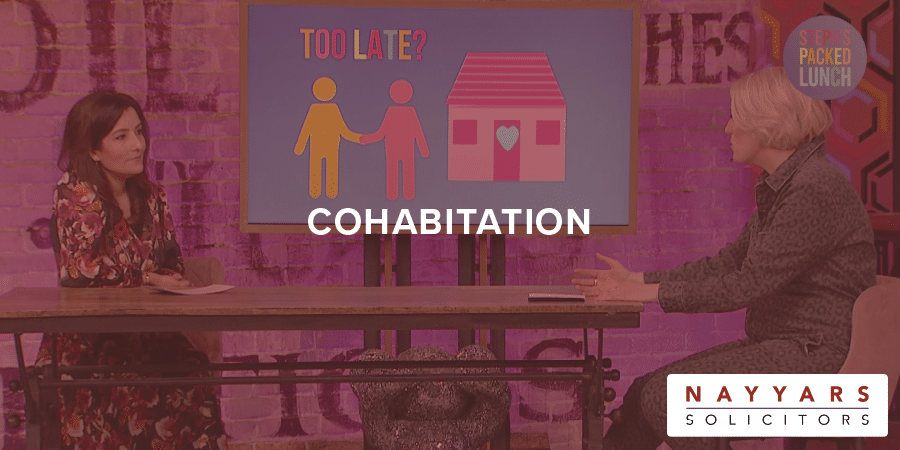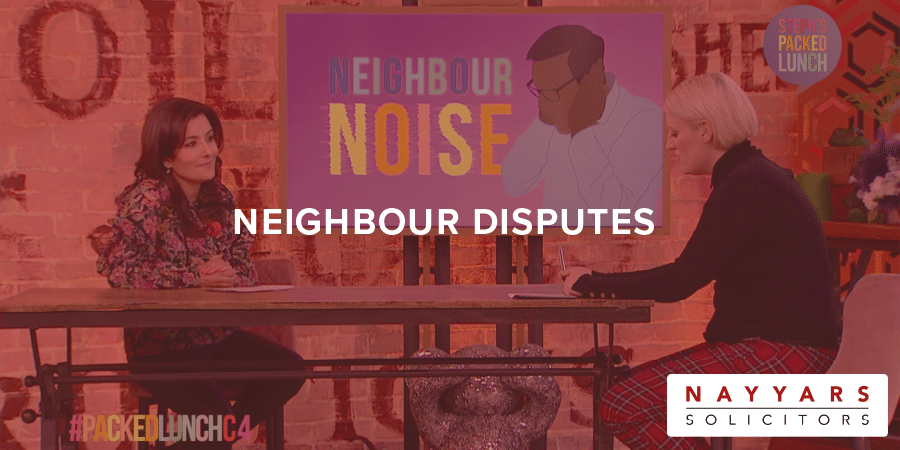LAW SOCIETY EXCELLENCE AWARDS 2019 WINNER!
Employment During COVID-19

There is a lot of confusion around working and pay during the coronavirus epidemic and lockdown. The pandemic is having a devastating effect on our economy and understandably people are worried about getting paid and/ or losing their jobs. To counter-act this and because the Government is aware that most of the population will suffer financially, if action is not taken, they have introduced emergency measures. These are aimed at helping both employers and employees get through this difficult time.
First and foremost, if you are not working due to sickness then your normal sick pay provisions will apply. Consult your contract of employment to see what your entitlement is. If you are not entitled to sick pay, then you will have to claim Statutory Sick Pay (SSP). This can now be paid from Day 1 of your sickness. When you are ready to work, you can be furloughed after this.
For anyone not able to work due to the coronavirus, the Government have set up The Coronavirus Retention Scheme. This is not meant for sick employees but for those who cannot work for example because their place of work has been shut down or there is not enough work for them to do. This would apply to shops, restaurants, gyms, drivers, offices etc. The scheme is not for self employed people (there is a separate one for them). It is open to anyone who was employed on 28th February 2020. This includes if you are a casual worker, on a zero-hours contract or an agency worker. It is based on your previous pay.
The Scheme works like this: the employee does not go to work, and the employer carries on paying them. The employer can pay 80% of their regular wage to a maximum of £2,500. At a later date, the employer will be able to claim a grant from the HMRC to be paid back this salary, plus the associated Employer National Insurance Contributions and minimum automatic enrolment employer pension contributions.
The reclaim system is not yet open and will be via an online portal which will be set up in April.
The employer can if they choose, pay 100% of the salary effectively topping up any shortfall. However, the Government will only pay back 80%. Even if 80% of your normal pay is below minimum wage, the employer can still only pay you this. The reason this isn’t against the law is because the employee is not working.
First and foremost, there is the presumption an employer has the money to pay its employees. If an employer has cash flow issues, then they will not be able to do this. If this is the case, then they may have to consider terminating contracts with the resulting redundancy issues (I will do a separate blog on this). Sadly, for the employee they will no longer have a job. The employee will have to try to claim benefits – such as universal credit and/or contribution-based employment and support allowance (ESA).
The first step, employers should take when they decide to close their workplace is decide which employees (if not all of them) they intend to furlough. They should discuss this with their employees. They will need to check contracts of employments to see if there is provision to furlough employees. If there is not, then they can agree to vary the contract of employment with their employees. The employer should give the employee written confirmation of the fact that they are being furloughed with the date it starts and the terms on which it is happening.
An employee can be un-furloughed at the employer’s discretion. When Government ends the scheme, the employer will make a decision if you can return to duties or if they terminate the employment.
If you require legal advice on this complex area which is rapidly evolving, then give our Team a call today.


